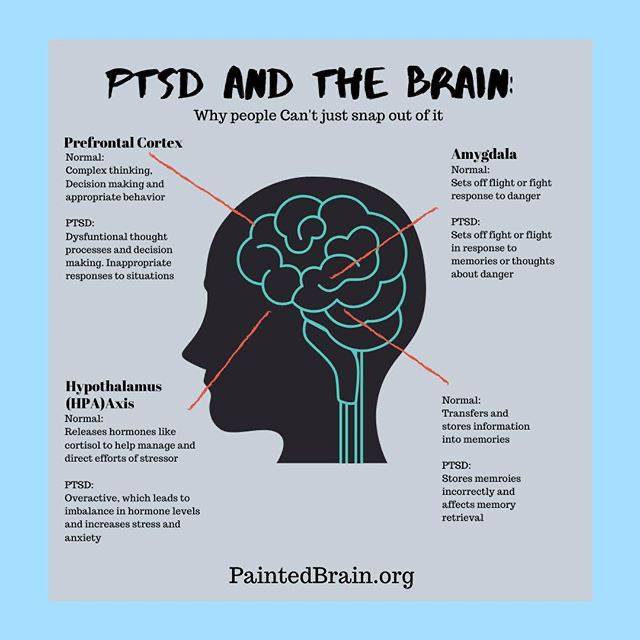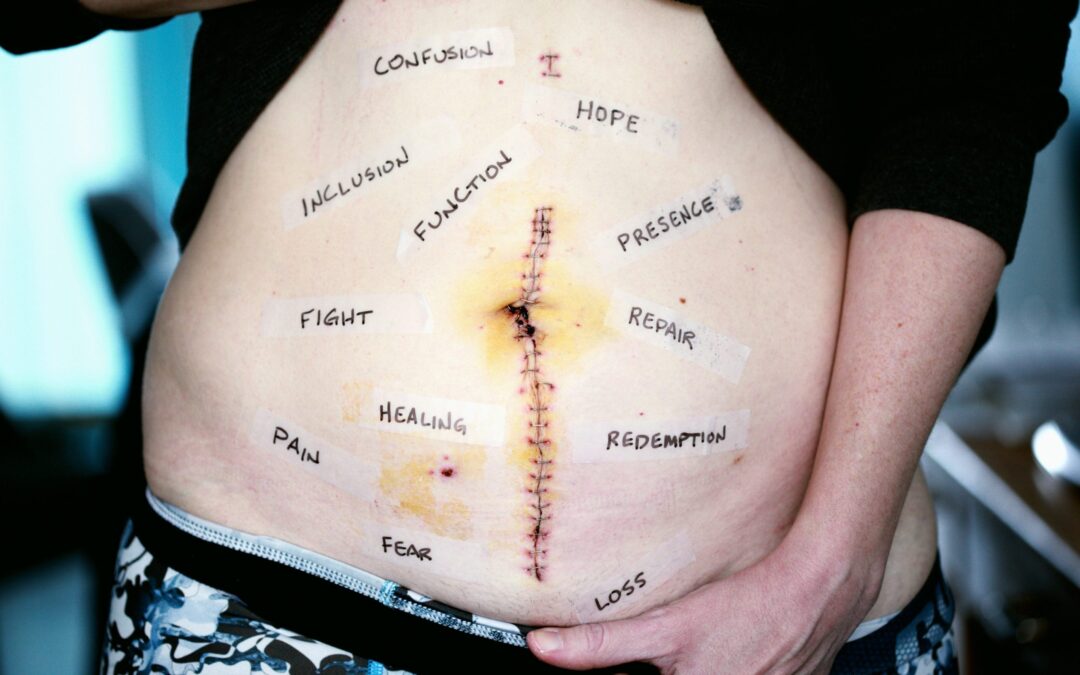Who experiences Posttraumatic stress disorder? A common misconception is that PTSD is only relevant to military veterans. The truth is that anyone who experiences any traumatic event can experience PTSD. Research tells us that “70% of all Americans within their lifetime will experience some type of major traumatic event. Out of that group, about 20% will develop symptoms of PTSD.” This can include men, women, and children. Those exposed to abuse, neglect, domestic violence, and rape are especially susceptible to develop PTSD.

70% of all Americans within their lifetime will experience some type of major traumatic event. Out of that group, about 20% will develop symptoms of PTSD. This can include men, women, and children. Those exposed to abuse, neglect, domestic violence, and rape are especially susceptible to develop PTSD.
Since the 2013 revision, Post Traumatic Stress Disorder is included in a new category in the DSM-5 called trauma and stress-related disorders. The criterion for PTSD includes exposure to a threatening event and four different following symptom clusters:
- Intrusions: repeated, unwanted memories; nightmares; flashbacks to the traumatic event; emotional distress in response to traumatic reminders.
- Avoidance: Avoidance of trauma-related triggers; avoidance of people, places, objects, or situations that may bring on distressing memories; avoidance of talking about the experienced trauma.
- Negative alterations in cognition and mood: Distorted, negative cognitions about oneself or the world; exaggerated feelings of fear, anger, guilt, or shame; feelings of detachment from others; negative effect; decreased interest in previously enjoyed activities.
- Alterations in arousal and reactivity: Hypervigilance; destructive behavior, heightened startle response; difficulty in sleeping or concentrating.
For a diagnosis of PTSD, symptoms must be present for more than one month and cause significant impairment in functioning. Many people experience these symptoms days after a traumatic event, however, for others, the symptoms don’t show up for up to three months.
It’s important to note that trauma is different for everyone, therefore, we must learn to operate from a trauma-informed perspective. Not everyone will respond the same to any given event or situation. People can experience trauma through direct exposure, witnessing the traumatic event, or even learning about the details of a traumatic event.
[Related: Fighting the Stigma: The Challenges of Reframing Our Views on Mental Health and PTSD]
Treatment
Currently, the most effective psychotherapeutic treatments for PTSD include:
- Cognitive Processing Therapy (CPT): Cognitive processing therapy works on negative thought patterns and cognitive distortions that have developed as a result of the trauma. It encourages reframing thoughts and reality testing to gain a healthier perspective.
- Prolonged Exposure Therapy (PE): Prolonged exposure involves repeated revisitation of traumatic experiences in a safe, controlled environment until the memories no longer have the same effect and severity. This intervention will help change negative reactions to traumatic memories and teach coping strategies to use in stress-inducing situations.
- Eye movement Desensitization and Reprocessing (EMDR): EMDR is a technique created to target traumatic memories and reduce the consequent distressing emotions using bilateral stimulations (such as eye movements).
- Group Therapy: Trauma survivors highly benefit from group therapy as they receive significant support from those who are experiencing similar problems. Having support is a crucial part of the healing process as it decreases feelings of isolation and helplessness. Group therapy also helps with decreasing feels of shame and guilt.
Often times, patients respond better to psychotherapeutic treatment in combination with medication. Medication alone will not be sufficient in treating PTSD, however, it can ease the severity of some symptoms and aid in the process of psychotherapy.
For more information on PTSD, visit www.ptsdalliance.org

